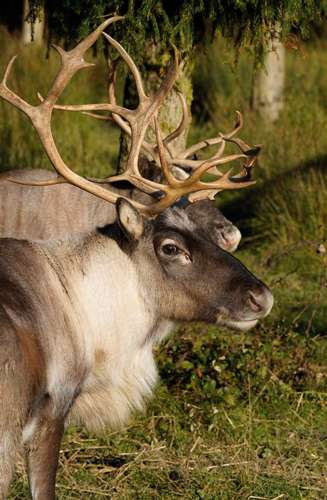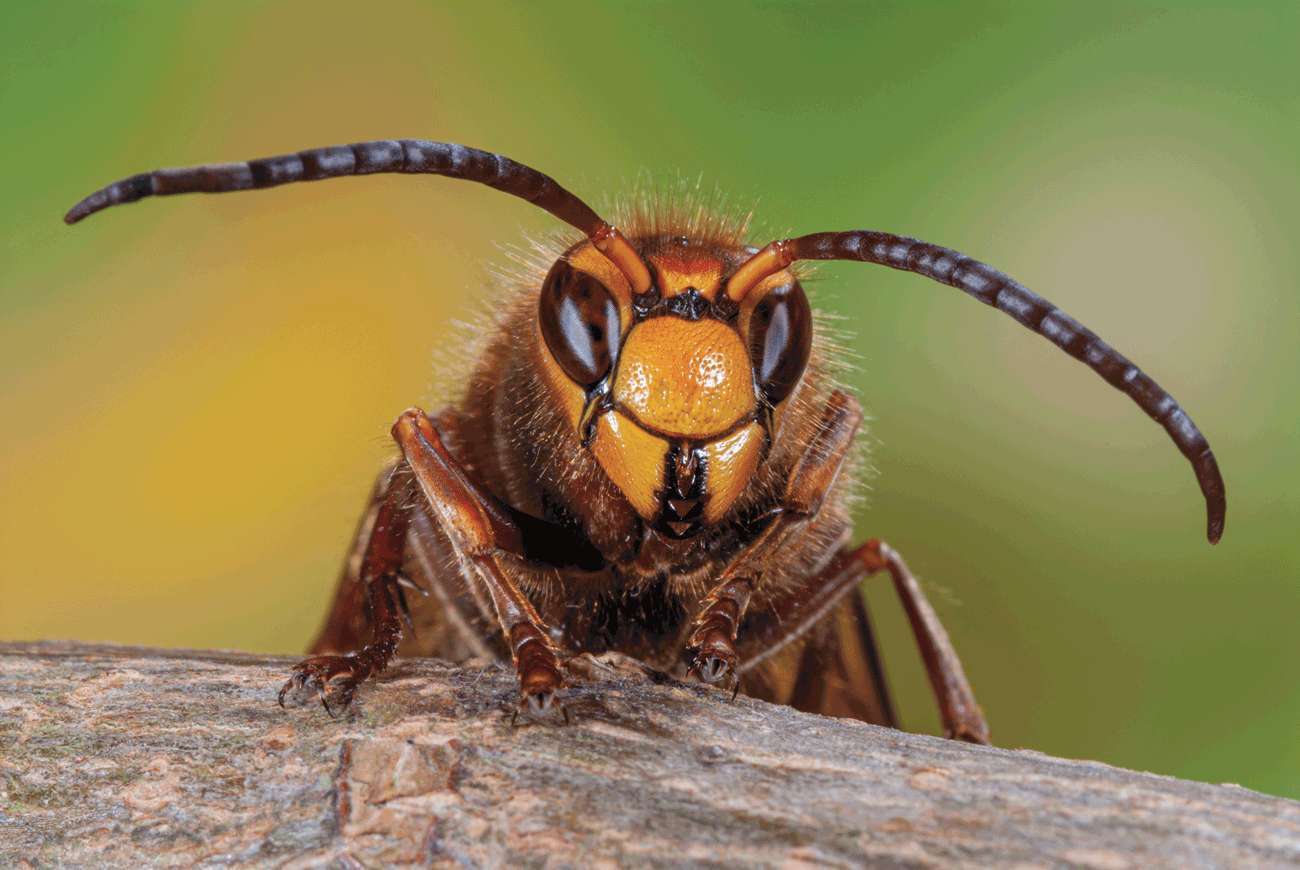
Nativity scenes apart, there are apparently twelve symbols which trigger thoughts of Christmas; amongst them are robins, poinsettias, bells, snowflakes, a jolly old man in a red and white outfit, and two which I find particularly evocative: the fir tree and the reindeer. Fortunately, I didn’t have to travel far to see either.
One afternoon recently, Mark Mathews with his camera and I visited a family run Christmas Tree nursery very close to Cranleigh’ . This is an old established tree farm where all the trees are grown in the UK.
You might like to look on www.facebook.com/HansChristmasAndersen/ to see a short, award winning video about our tree local nursery and why it is eco friendly.
Out of the office and walking through the site where the trees were being prepared for sale there was the most delicious smell of fir – close your eyes, take a deep breath and it is the smell of Christmas. The accompanying photo shows the four most popular types of tree sold. The ever popular Nordman fir, the Blue and Norway Spruce and the Abies Lasiocarpa. The Lasiocarpa comes originally from the Rocky Mountains, it is a beautiful blue colour and has incredibly sticky but fragrant seeds at the end of its branches.
Resident reindeer are a lovely sight
Bringing an evergreen tree indoors was a tradition to celebrate winter festivals mainly in northern Europe – both by Pagans and Christians. The Romans decorated their temples with fir trees at the time of the winter solstice – which they called Saturnalia. For the Christians it was a reminder of everlasting life. Martin Luther, it is claimed, was the first to add lighted candles to his tree.
Walking into the woods on the site, we heard a bellowing and saw the three resident reindeer. Some years the herd is larger. They are very handsome animals – a steel grey colour with silver beards. They are native to Northern Europe, the Arctic, and N. America, where they are called caribou. Uniquely, male and female reindeer both have antlers at this time of the year. Now is the time of the annual rut and there was a bit posturing going on. I was interested to learn that the dominant male has special glands by his eyes which seep a hormone. He rubs his face against the trees to mark his territory. He was very possessive towards the female. If all goes to plan, there should be some offspring in May and we have had an invitation to go back and see. The older bull still had strips of ‘velvet’ on his antlers and was in a separate enclosure to prevent fights. Reindeer antlers are made of bone and compared to their size, reindeer have the largest and heaviest antlers of all living deer species. Male and female antlers are different; those on the female are half the size because the bone growth necessary is costly to the animal and its resources are needed for reproduction. Reindeers grow a new set of antlers every year. The antlers are used for defence, fighting and feeding, enabling the animals to scrape snow off the soil to feed in the winter. Female reindeer appear to select their mate by the size of their antlers. The bigger, the better.
There are a huge number of trees on the site
Santa is said to live in the North Pole so it is natural that a reindeer should pull his sledge. The first mention of this is in an obscure poem written in New York in 1821 – where one reindeer was sufficient. Perhaps due to ‘wish lists’ getting longer, a man called Clement C Moore wrote in 1823 another poem naming eight flying reindeer. Their names have a catchy rhythm: Dasher, Dancer, Prancer, Vixen, Comet, Cupid, Donner and Blitzen. The reindeer we saw the other afternoon were quite magic enough without the added ability to fly. Anyone visiting the Tree Farm can ask to see them.
Thanks to Hans, Julie and Karen of Santa Fir for their welcome, to Mark and HCA for the photographs. Have a healthy, happy, peaceful Christmas.
Beryl Harvey Fields is Cranleigh’s nature conservation site. We need volunteers. For further information: visit our conservation site in Cranleigh – or better, volunteer. Contact Philip Townsend at: for details.













